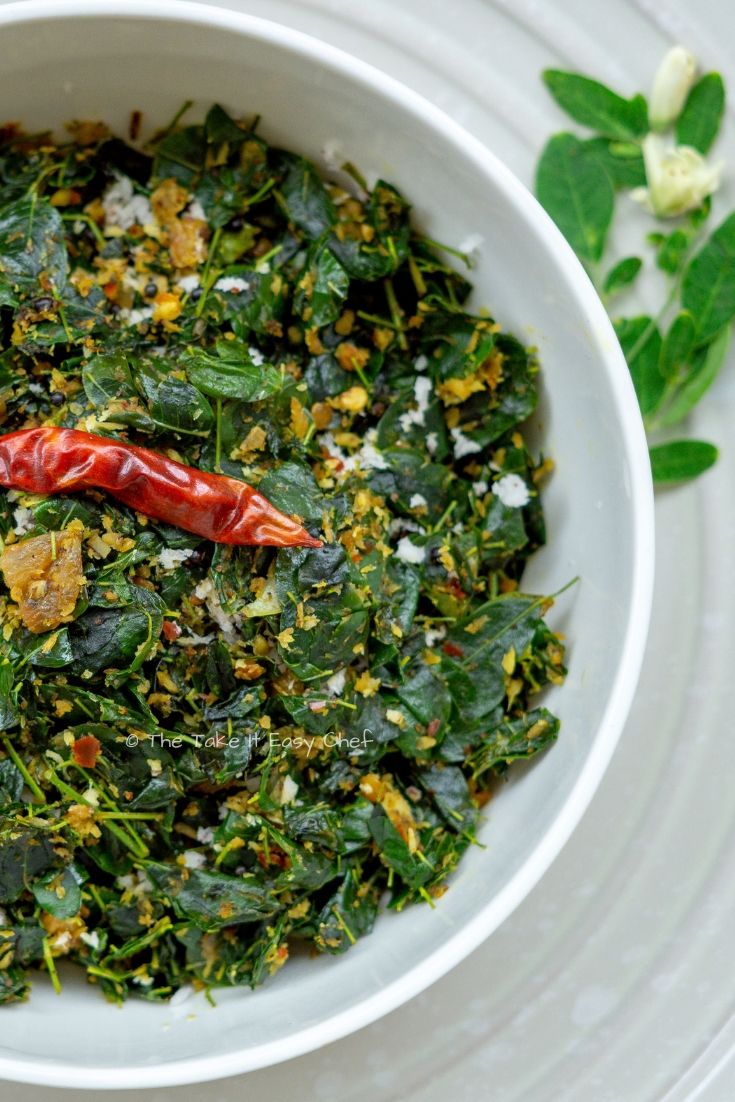Chef Lance Seeto’s home cooking show returns to the airwaves this week in a timely season, promoting local superfoods to boost our health in the battle against viruses and disease.
Months before the coronavirus pandemic was unleashed on the world, we started filming season three of my “Exotic Delights” cooking show, subtitled Fijian Superfoods.
FBC was keen to continue our education of utilising more fresh produce to help Fijians learn about food and nutrition.
With an abundance of fruits, vegetables and wild seafood at our disposal, it is shameful the Pacific Islands has one of the highest incidences of non-communicable diseases per capita, with many struggling to reach old age.
When attending funerals, I have morbidly gotten into the habit of asking what the person died from and inevitably it is NCDs related.
What many do not understand there is a direct link between what you have been eating your entire life and your health in later life.
NCDs are lifestyle diseases, mainly caused by the choices we make when we eat, drink and exercise.
What is a superfood?
In this season of Exotic Delights, we focus on what it means when we refer to foods as superfoods and how these foods can benefit your health.
Superfoods, like Superman, are designed by Mother Nature to rescue us from our bad eating habits.
They help restore nutrition by providing us with concentrated does of vitamins and minerals from the land and sea.
Vegetables from the sea like seaweed, nama and lumi are just as nutritious as cabbages and plants from the farm.
Naturally fatty seafood like kawakawa, sea urchin and eels are perfect brain foods like avocado, nuts and dark chocolate.
Citrus fruits including lemon, limes, cumquats, mandarin, guava and passionfruits contain high doses of vitamin C – the key vitamin we need to help fight infection and disease.
Most of Fiji’s fresh produce can be classed as superfoods because they are grown wild or organically, and are unadulterated, meaning they are grown and harvested as nature intended.
Saijan – the miracle leaf Episode one of Exotic Delights features moringa leaves or saijan.
This unassuming small leaf from the “miracle tree” is rarely used in local cooking yet it is considered internationally to be a powerful superfood because of its very rich and healthy antioxidants and bioactive plant compounds.
Part of a new wave of exotic vegetables, Moringa oleifera is a botanical supertree.
A member of the Brassicales family of vegetables, it’s a distant relative of both the cabbage and the papaya.
Its roots taste so much like its cousin horseradish, that it’s also earned the nickname the “horseradish tree”.
Its fruit is called drumsticks, a popular Indian vegetable looks like a cross between okra and a bean with the flavour of asparagus or cauliflower.
Its cooked flowers mimic mushrooms in taste, while its leaves, the saijan, hint at spinach and lettuce.
Its immature seeds are also used like peas and if fried when mature, resemble peanuts.
In fact, it’s hard to find a part of moringa isn’t edible.
Even the bark is sometimes taken internally for diarrhoea.
Doesn’t come as a surprise to the ancient Indians, who considered it a living pharmacy.
Moringa has proven to be a multipurpose arsenal dispenses some of the best secrets nature has to offer.
Powerful medicinal plant For centuries, it has been used in Ayurvedic medicine to treat a host of ailments including anaemia bronchitis, hyperglycemia, scurvy, and skin infections.
Modern medical studies have shown moringa leaf extract significantly reduced high blood glucose levels, and has been shown to eliminate the presence of sugar and pro



